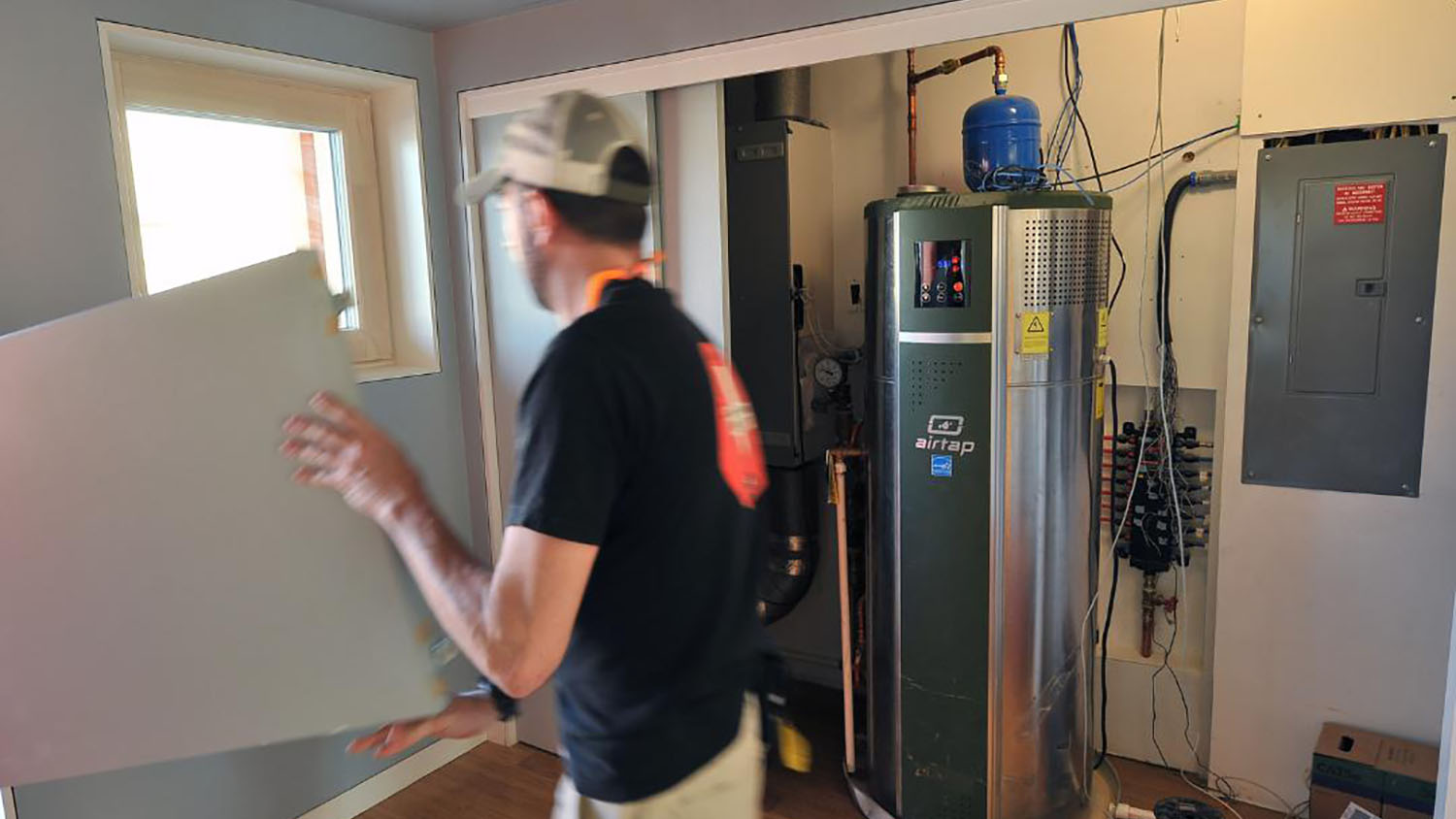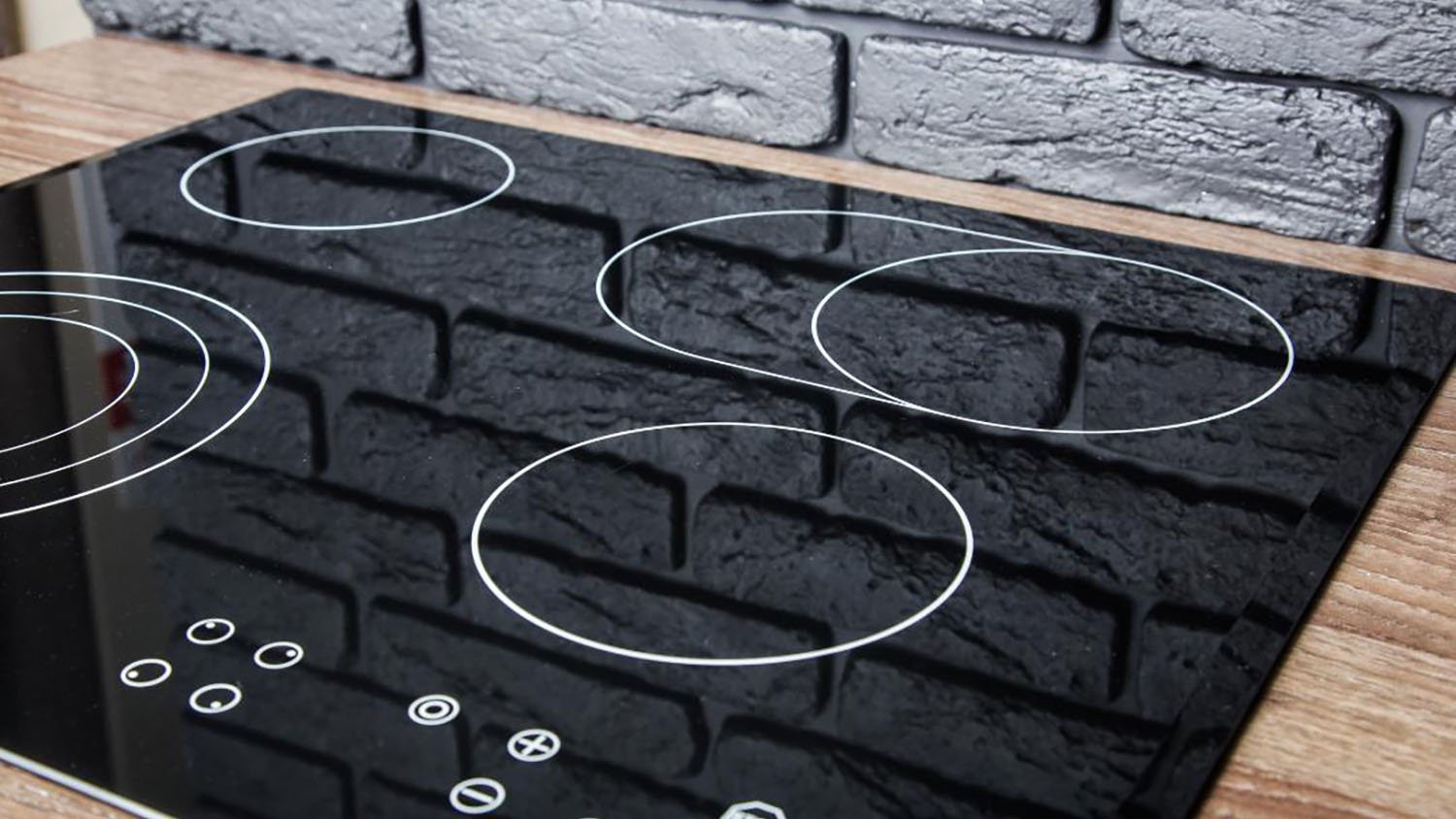
Discover the average home energy audit cost, what impacts pricing, and how to save money on your audit with transparent, expert-backed cost info for homeowners.
Save big on home upgrades through the Inflation Reduction Act


As the weather gets colder and homeowners turn on the heat, conserving energy and cutting utility costs is top of mind for many people. But while retrofitting your home with the most energy-efficient appliances may seem like an expensive investment, a new program from the Biden administration will curb the cost for many homeowners who decide to take the plunge.
The Inflation Reduction Act, passed in August 2022, offers rebates and tax incentives for homeowners who upgrade their homes to reduce carbon emissions. Homes generate about 20% of greenhouse gas emissions in the United States, though that figure varies by state. The High-Efficiency Electric Home Rebate Act (HEEHRA) is the first federal program implemented to combat climate change, which will lower home energy costs, create healthier indoor air quality, and reduce carbon emissions.
"State and local and utilities have offered rebates, and yes, they absolutely work," said Ben Evans, Federal Legislative Director at the U.S. Green Building Council, whose group lobbied for many of the policies included in the bill. "The problem is they're sporadic. This is in place for 10 years; this is a long-term policy that's going to change the market."
The voluntary HEEHRA program will cover 100% of electrification project costs up to $14,000 for low-income households and 50% of costs for moderate-income households, including purchase and installation expenses. In the long run, these retrofits could save Americans $37 billion a year on energy bills, according to an analysis from the clean-energy nonprofit Rocky Mountain Institute.
Besides reducing carbon emissions and increasing savings, better health is another benefit of clean energy upgrades. Sealing homes can reduce the presence of disease-carrying pests like rats and cockroaches, while converting appliances from gas to electric will reduce nitrogen dioxide emissions. "Burning of the flame generates fine particles like an automobile engine does," said David Turcotte, a research professor at the University of Massachusetts Lowell who specializes in sustainable housing. "That can worsen respiratory conditions."
Angi calculated how much homeowners can save by implementing home upgrades outlined in the Inflation Reduction Act. Savings were determined by comparing the maximum rebate and the typical cost of each upgrade per Angi’s cost data. This analysis does not account for future savings homeowners may attain on their energy bills. Read on to learn more about how much the Inflation Reduction Act’s clean energy incentives could save homeowners on sustainable upgrades.
COST-EFFECTIVE BATHROOM REMODELING
Discover the factors that influence a bathroom remodel cost and read about how to manage expenses during a bathroom remodel.

Maximum rebate: $2,500
Typical project cost: $4,000–$8,000
Average savings: 31%-63%
One of the most expensive upgrades on the list is rewiring a home. Old or faulty wiring can cause electrical fires, so it's worth looking behind the walls for potential issues, especially if a home is on the older side. Many old homes are also not equipped to handle the modern demands of our connected lives. The amount of electricity people—and even energy-efficient appliances—consume today need robust wiring systems. Homeowners who upgrade their electrical wiring in 2023 can claim a $600 tax credit under the Energy Efficient Home Improvement Credit.

Max rebate: $1,600
Typical project cost: $1,700–$2,100
Average savings: 76%-94%
Keeping a home sealed and insulated can improve indoor air quality, reduce energy bills, and keep critters out. Talk about a win-win-win. Sealing gaps along windows, doors, and other exterior surfaces can go a long way to keep your rooms feeling comfortable. A bigger project is adding insulation to basements and crawl spaces, walls, and attics, but in all, homeowners can save 15% on heating and cooling costs on average, according to the EPA.
CHOOSE THE IDEAL WINDOW
Learn all about what makes a bay window different from a bow window, and choose the right window during a remodel.

Maximum rebate: $1,750
Typical project cost: $3,900–$20,000
Average savings: 9%-45%
Heat pump water heaters are the most expensive type on the market but are also the most energy efficient. Depending on the type, heat pump water heaters can be up to three times more efficient than traditional electric water heaters, according to the U.S. Energy Department. However, they do take up a lot of space, so they may not fit in smaller or older homes with limited space.

Maximum rebate: $8,000
Typical project cost: $3,900–$6,200
Average savings: 49%-100%
Heat pumps are a common way to heat homes in warmer parts of the United States. However, it wasn't until recently that technology advanced enough to be used in areas where the temperature frequently drops below freezing. While the upfront costs can be daunting, they will save homeowners much more over the long run. Installing a heat pump could reduce energy use in half compared to a traditional furnace or baseboard heating system.

Maximum rebate: $840
Typical project cost: $360–$1,800
Average savings: 47%–100%
Gas stoves contribute to air pollution, which can be extremely dangerous, especially without proper ventilation. Earlier this year, Stanford University researchers found appliances like stoves leak methane, even when they are turned off. They also emit carbon monoxide and nitrogen dioxide, which impact children and adults with respiratory diseases, such as asthma. Switching to an electric stove can help improve indoor air quality, plus they don’t require a gas line so installation is simpler.
AFFORDABLE KITCHEN UPDATES
A comprehensive guide to keeping a kitchen remodel cost down and what to expect when redesigning a kitchen.

Maximum rebate:$4,000
Typical project cost: $750–$2,000 for 200 amps
Average savings: 100%
With all those new energy-efficient upgrades, homeowners may want to consider boosting how much power their homes can handle. That's especially true if there's an electric vehicle in the garage. Typically, homes have an amp service between 100 and 150. Boosting that to 200-amp service could help things run more smoothly, especially if people in the house work from home.
From average costs to expert advice, get all the answers you need to get your job done.

Discover the average home energy audit cost, what impacts pricing, and how to save money on your audit with transparent, expert-backed cost info for homeowners.

Find out where homeowners spend the least and the most on house utilities like water, electricity, internet, cable, and natural gas.

A home energy audit is a detailed write-up of how to lower your utility bills and increase your comfort level. Find out if they’re worth the cost.

Get a detailed breakdown of thermal imaging home inspection costs, including average prices, cost factors, and tips to help homeowners budget.

Home energy audits can identify ways to make your home more energy-efficient. Learn whether an energy audit is a good investment for your home.